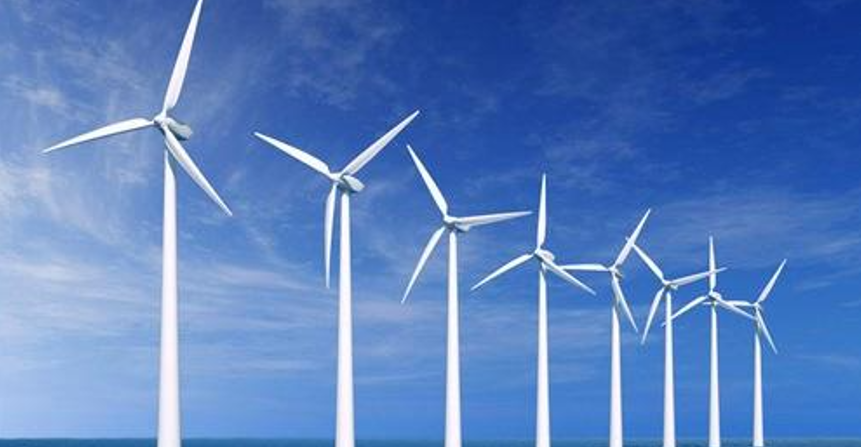Evaluation of Power Conversion Efficiency of Wind Turbine Inverter

During the operation of a wind turbine, its stator is directly connected to the power transmission network, while the rotor is connected to the power transmission network through a frequency converter. As long as the speed of the stator remains constant, stable grid input power can be ensured. When the wind force and speed change, the rotor will change its operating speed accordingly, which will inevitably interfere with the operating speed of the stator. The stable speed operation of the stator can be controlled by adjusting the AC/DC situation and frequency of the excitation current of the rotor. The current input condition of the rotor can be controlled by the subsequent frequency converter. Generally, frequency converters can adjust the frequency of the rotor input current to ensure that the current input frequency of the stator meets the power frequency of the current used. At the same time, they can eliminate some interference currents in the input current and control and protect against overvoltage phenomena in the power grid system. It is precisely based on these working principles of frequency converters that they have been widely used in wind turbine generators. The testing platform built with high-precision current sensors and power analyzers for wind power generation can measure the input/output voltage, current, power, and direct efficiency of DC-DC converters.